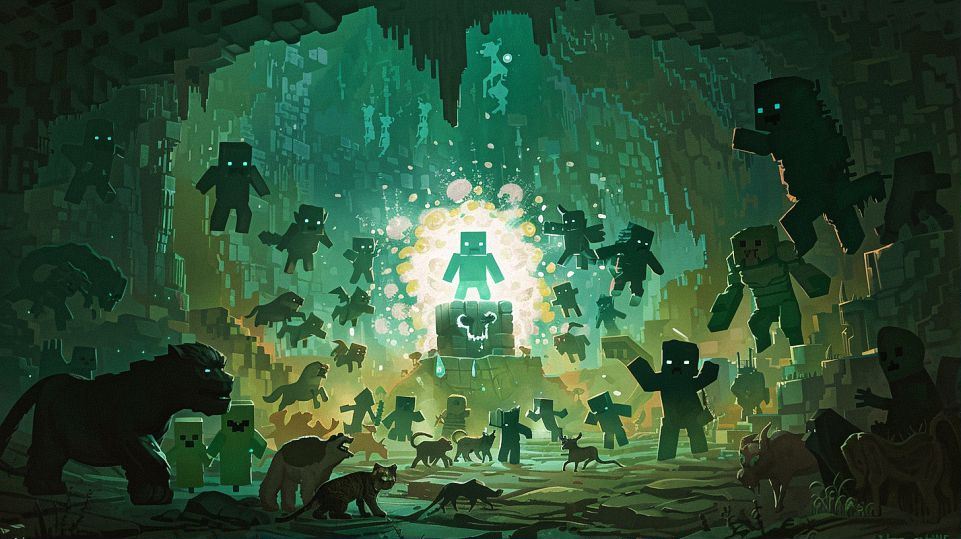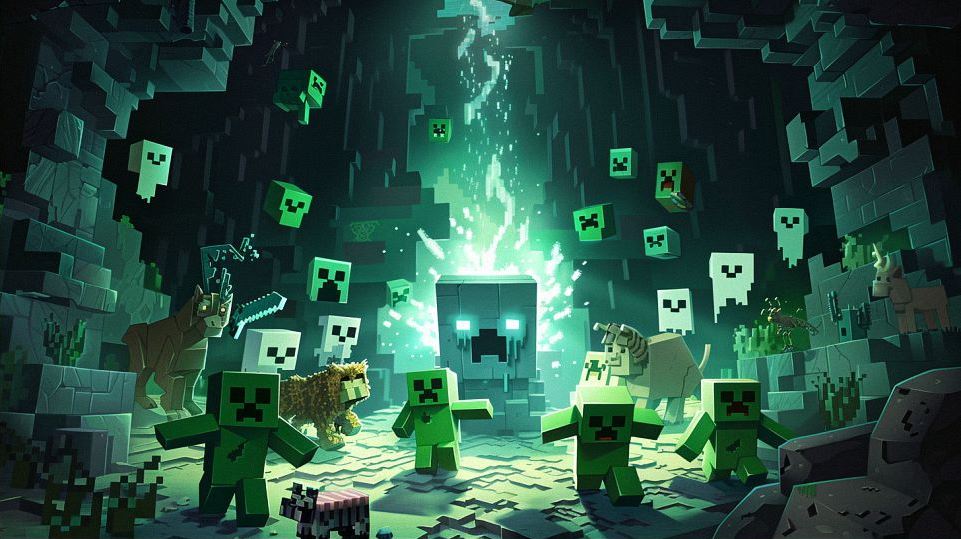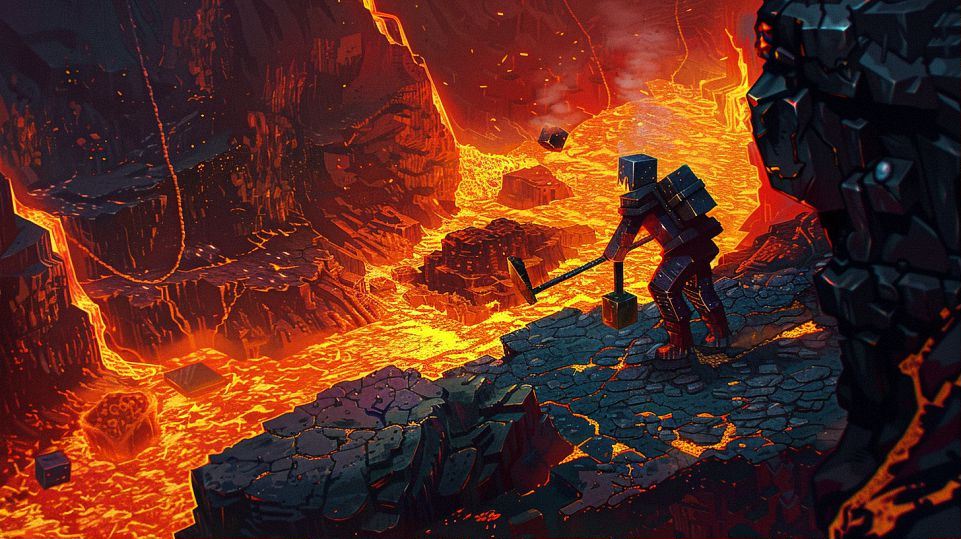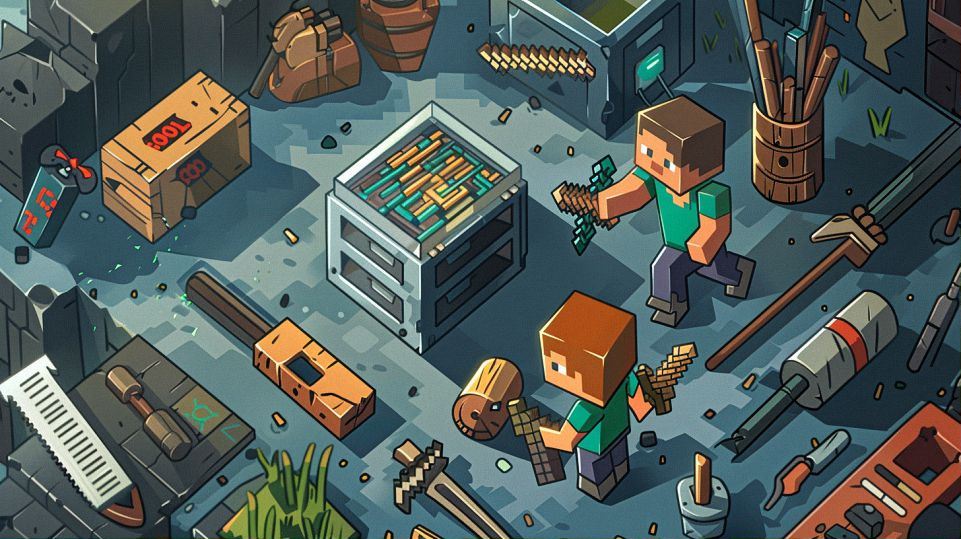Minecraft Spawner: Mastering Efficient Mob Farming

Understanding Minecraft Spawners
Minecraft spawners are fascinating elements within the game that add a dynamic twist to your adventures. But what exactly are they, and how do they function within the intricate world of Minecraft?
Contents
ToggleExploring the Concept of Spawners
Spawners in Minecraft are specialized blocks that have the unique ability to spawn mobs under certain conditions. These blocks are typically found in dungeons, abandoned mineshafts, strongholds, and various other structures scattered throughout the game world. But what makes them stand out?
-
Definition of Spawners: Spawners are essentially cages that hold a specific type of mob, ready to release them into the world upon activation.
-
Types of Spawners: There are several types of spawners in Minecraft, each corresponding to a different mob type. From zombies and skeletons to spiders and cave spiders, the possibilities are diverse and exciting.
Understanding Spawner Mechanics
To fully grasp the concept of Minecraft spawners, it’s crucial to delve into their mechanics and understand how they operate within the game.
-
Activation Process: Spawners are activated when a player comes within a certain range of them. Once activated, they begin to spawn mobs at regular intervals, adding an element of challenge and excitement to the gameplay experience.
-
Spawn Rates: The frequency at which mobs spawn from a spawner depends on various factors, including the type of spawner, the light level of the surrounding area, and the presence of other players nearby.
Unveiling the Mysteries of Spawner Locations
Finding and utilizing spawners effectively can significantly enhance your Minecraft journey. But where exactly can you find these elusive blocks, and how can you make the most of them?
-
Exploring Spawner Locations: Spawners can be found in a variety of locations, ranging from dungeons hidden deep underground to abandoned mineshafts lurking beneath the surface. Keep your eyes peeled as you explore the vast and diverse landscapes of Minecraft.
-
Optimizing Spawner Usage: Once you’ve located a spawner, the next step is to optimize its usage. This involves setting up traps and mechanisms to safely harvest the spawned mobs for resources and experience points.
In conclusion, understanding Minecraft spawners is essential for any aspiring adventurer looking to conquer the blocky world of Minecraft. By mastering the mechanics of spawners and harnessing their power to your advantage, you can unlock new opportunities for exploration, discovery, and excitement in the game. So go forth, brave explorer, and may your adventures be filled with thrilling encounters and epic discoveries!

Types of Mobs in Minecraft
In the vibrant world of Minecraft, players encounter a multitude of creatures known as mobs. These mobs add depth and excitement to the gameplay experience, each bringing its own unique characteristics and challenges. Let’s delve into the diverse types of mobs you might encounter on your adventures.
Common Mobs Spawned by Spawners
-
Zombies: These undead creatures roam the night, hungry for brains. They shamble slowly but can overwhelm the unprepared with their numbers.
-
Skeletons: Armed with bows and arrows, skeletons pose a ranged threat to players. Their accuracy and persistence make them formidable opponents, especially in groups.
-
Spiders: Spiders are agile climbers, capable of scaling walls and ceilings to ambush unsuspecting players. Watch out for their venomous bites!
Rare Mobs and Special Encounters
-
Witches: Witches are powerful magic users, capable of casting harmful potions and curses. Their mysterious nature adds an element of unpredictability to encounters.
-
Wither Skeletons: These sinister skeletons haunt the depths of the Nether, guarding valuable resources and posing a significant threat to adventurers.
-
Cave Spiders: Found in dark, underground caverns, cave spiders are smaller but more agile than their surface-dwelling counterparts. Beware their poisonous stings!
Boss Mobs and Epic Battles
-
Ender Dragon: The ultimate challenge in Minecraft, the Ender Dragon resides in the End dimension. Defeating this colossal beast requires careful planning and teamwork.
-
Wither: Created by combining Wither Skeleton skulls with soul sand, the Wither is a destructive force that wreaks havoc upon the world. Only the bravest adventurers dare to face it.
-
Guardians: These aquatic creatures lurk in ocean monuments, guarding valuable treasures and posing a formidable challenge to any who dare to intrude.
As you explore the vast landscapes of Minecraft, be prepared to encounter these and many other fascinating mobs. Each presents its own unique challenges and opportunities for adventure. So gather your tools, sharpen your sword, and embark on an epic journey filled with excitement and discovery!

Building and Customizing Spawner Farms
In Minecraft, spawner farms are ingenious contraptions designed to automate the spawning and harvesting of mobs. These farms allow players to gather valuable resources and experience points with minimal effort. Let’s explore the intricacies of building and customizing spawner farms to suit your needs.
Creating a Basic Spawner Farm
Building a basic spawner farm is a straightforward process that requires careful planning and execution. Here’s a step-by-step guide to get you started:
-
Locate a Spawner: The first step is to find a spawner in the game world. These can be found in dungeons, abandoned mineshafts, and other underground structures.
-
Design the Farm Layout: Once you’ve located a spawner, plan the layout of your farm. Consider factors such as mob spawning mechanics, trap design, and collection mechanisms.
-
Build the Farm Structure: Construct the farm structure around the spawner, ensuring that it provides ample space for mobs to spawn and be collected efficiently.
-
Implement Redstone Automation: Utilize redstone circuitry to automate the farm’s operation. This may involve activating and deactivating the spawner, triggering trap mechanisms, and collecting dropped items.
-
Test and Refine: Test the farm to ensure that it functions as intended. Make any necessary adjustments to optimize its efficiency and performance.
Advanced Spawner Farming Techniques
For those seeking to take their spawner farms to the next level, there are several advanced techniques to explore:
-
Expanding and Optimizing: Expand your spawner farm to accommodate multiple spawners and increase your mob yield. Optimize the farm’s design and layout to maximize efficiency and resource output.
-
Redstone Automation: Dive deeper into redstone automation to create intricate systems that automate every aspect of your spawner farm, from mob spawning to item collection and storage.
-
Customization: Customize your spawner farm to cater to specific mob types, allowing you to focus on harvesting particular resources or obtaining rare drops.
Customizing Spawner Farms for Different Mobs
Tailoring your spawner farm to suit different mob types can significantly enhance its effectiveness. Here are some tips for customizing your farm:
-
Mob-Specific Traps: Design traps and mechanisms that are tailored to the behavior and characteristics of specific mobs. For example, use water currents to guide zombies towards a collection point, or create narrow corridors to funnel skeletons into a kill chamber.
-
Resource Optimization: Adjust your farm’s layout and collection mechanisms to optimize resource yield for different mobs. For example, use looting enchantments on weapons to increase rare drop rates, or incorporate smelting systems to automatically process dropped items into usable resources.
By mastering the art of building and customizing spawner farms, you can create efficient and effective systems for harvesting valuable resources and experience points in Minecraft. So roll up your sleeves, gather your materials, and start building your own spawner farm today!


